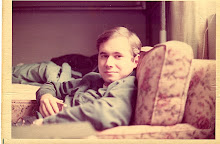[From History News Network
4-13-09
Bombing Civilians: An American Tradition
By Marilyn B. Young
Ms. Young is a professor of history at New York University. This excerpt originally appeared in Bombing Civilians: A Twentieth-Century History edited by Yuki Tanaka and Ms. Young.
Airpower embodies American technology at its most dashing. At regular intervals, the air force and allied technocrats claim that innovations in air technology herald an entirely new age of warfare. Korea and Vietnam were, so to speak, living laboratories for the development of new weapons: the 1,200-pound radio-guided Tarzon bomb (featured in Korean-era Movietone newsreels); white-phosphorous-enhanced napalm; cluster bombs (CBUs) carrying up to 700 bomblets, each bomblet containing 200 to 300 tiny steel balls or fiberglass fléchettes; delayed-fuse cluster bombs; airburst cluster bombs; toxic defoliants; varieties of nerve gas; sets of six B 52s, operating at altitudes too high to be heard on the ground, capable of delivering up to thirty tons of explosives each. A usual mission consisted of six planes in formation, which together could devastate an area one half mile wide by three miles long. Older technologies were retrofitted: slow cargo planes (“Puff the Magic Dragon”) equipped with rapid-fire machine guns capable of firing 6,000 rounds a minute; World War I– era Skyraiders, carrying bomb loads of 7,500 pounds and fitted with four 20-millimeter cannon that together fired over 2,000 rounds per minute.
Read the whole story at: <



No comments:
Post a Comment